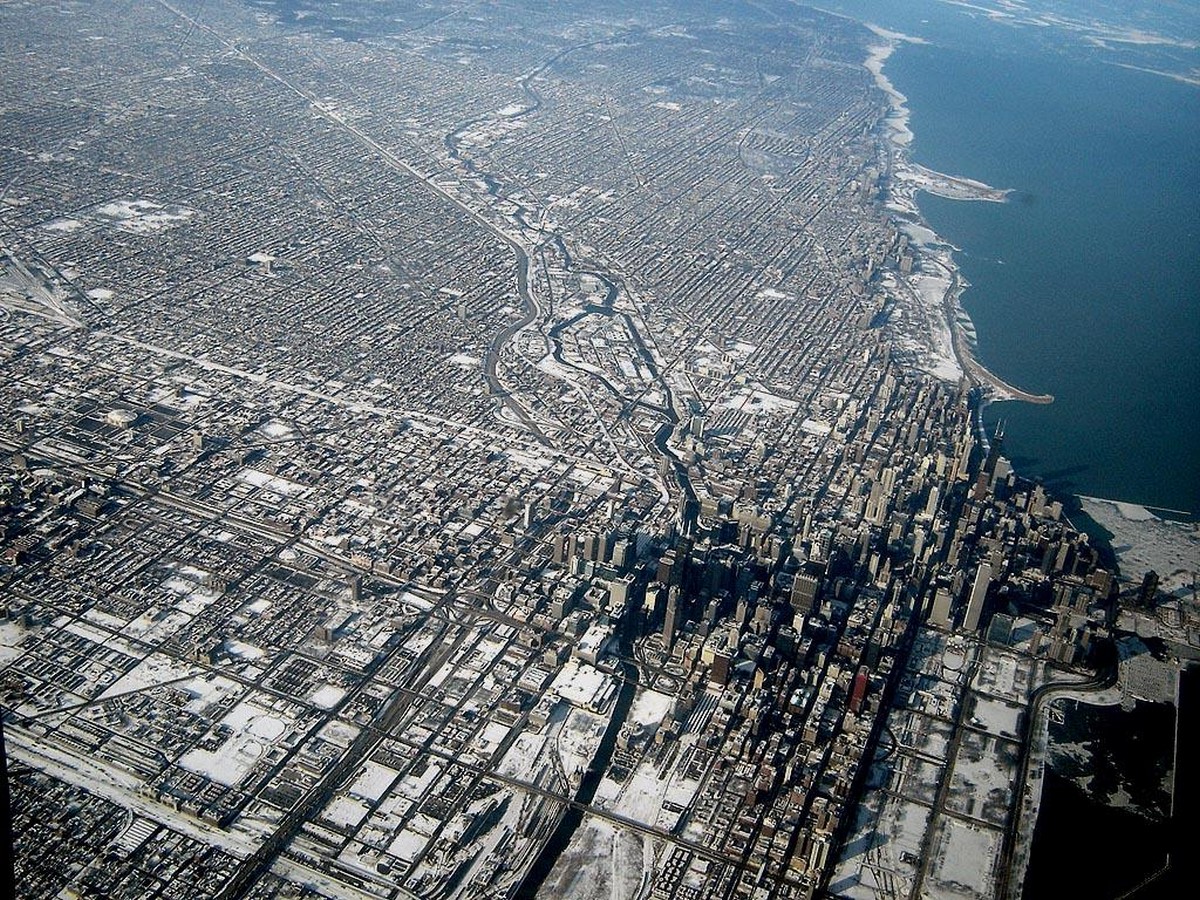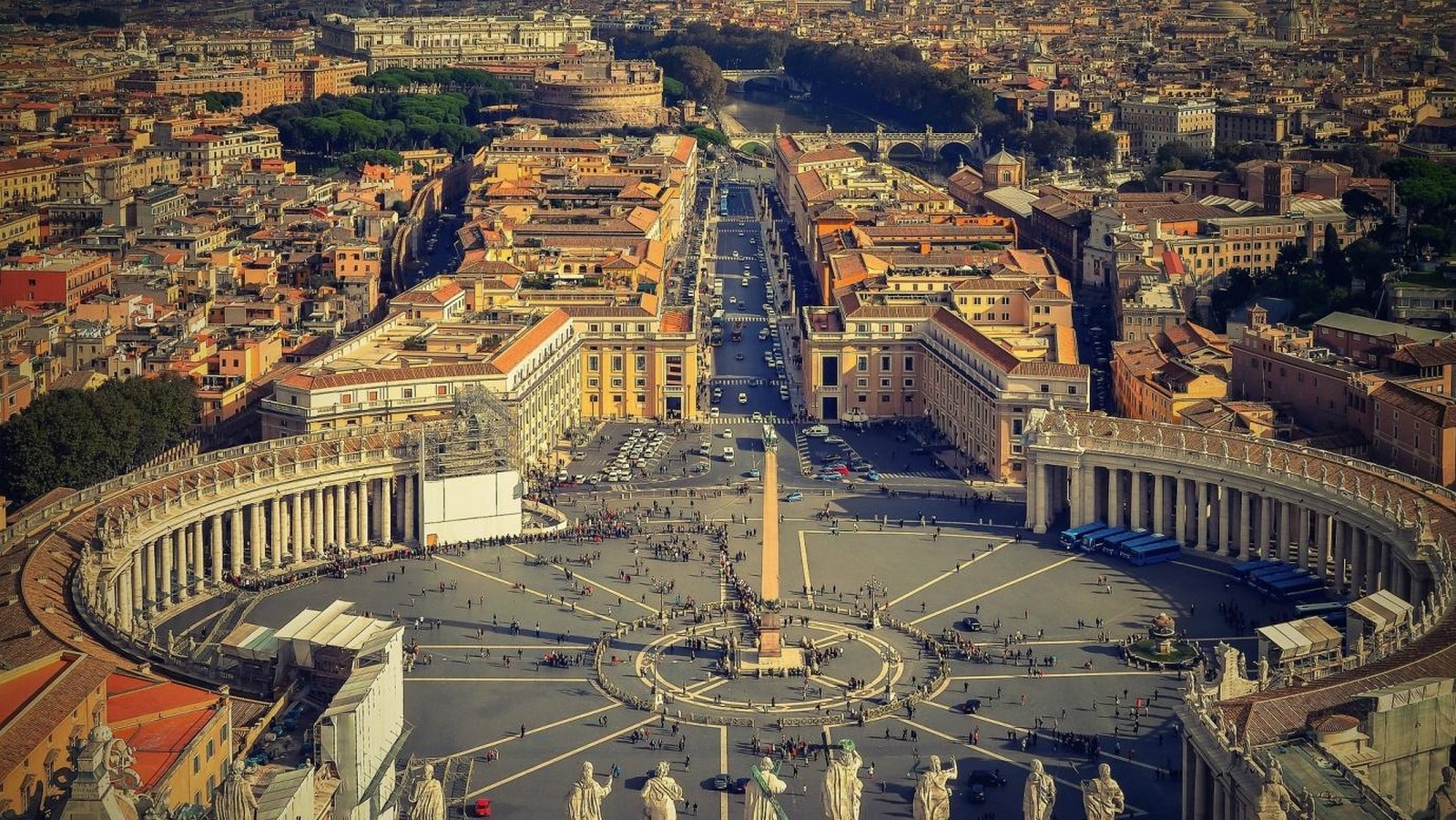The terms Urbanization and Urbanism are old and complex terms that differently describe the city-based processes by studying the way cities grow and the social problems that arise from the people living in cities respectively. Cities are the most important packages of the built environment for the living. They have social, political, economic, and more complex layers by which we human beings accentuate our daily routine.
Governments and planners should give serious attention and consideration to the de-growth and growth of this living miniature. Oliver Wendell Holmes, Sr. says ‘the axis of the earth sticks out visibly through the center of every town or city’ when describing the focal impact and influence of cities on humanity. Moreover, John F. Kennedy says ‘we will neglect our cities to our peril, for in neglecting them we neglect the nation’ when clueing the potential of cities and their macro-scale role in state-building, nation-building, and betterment of livelihoods. Here below, I will put a brief description of Urbanization and Urbanism and what they really mean.


Urbanization

“Urbanization means an increase in the proportion of people living in urban areas compared to rural areas. An urban area is a built-up area such as a town or city. A rural area is an area of countryside. As a country industrializes, the number of people living in urban areas tends to increase. It is the growth of cities, brought about by a population shift from rural areas and small communities to large ones, and the change from a largely agricultural economy to an industrial one. This results in the development of cities and towns on formerly agricultural or natural lands.” says Deepika Deswal, a Ph.D. Research scholar at the Department of Sociology in Chaudhary Charan Singh Haryana Agriculture University, Hisa.
Deepika Deswal states urbanization as a result of population concentration in urban areas, and as a shift away from an agrarian economy to the industrialized one.
The statement is fairly descriptive of pre and post scenarios of what we call urbanization, which is also defined by other scholars as a process of city formation and city growth by involving the way social activities locate themselves in space and according to interdependent processes of societal development and change.
Urbanization is featured by the fast Growth in Urban Population, the large Increase in big towns, and the regional Disparities in it. The phenomenon of urbanization is directly related to industrialization, modernization, and the sociological process of rationalization.
Naturally, urbanization can be caused by the following triggers and growing Industrialization population pressure, in search of relatively better employment opportunities, peoples mobility in hope of a better standard of living, decrease in the death rate and growing birth rate, and most importantly in search of social mobility and the fortune that causes a meaningful movement of people from place to place mostly from urban areas to rural ones.
Urbanization can be measured by the level of urbanization that consists of the two main parameters as the ratio of urban to rural population; and, rate of population growth in urban areas. And based on the measurement, the pace of urbanization can be categorized as under urbanization, urbanization, and rapid urbanization.
Urbanization is crucially relevant to different disciplines and fields of studies including urban planning, geography, sociology, architecture, economics, and public health. Many scholars hint that even if urbanization is an organic phenomenon that has multidisciplinary and diverse merits, it also has some economic, social, political, health, and environmental demerits on human beings.
Urbanism
Urbanism is a relatively new word coined in the late 19th century and it is defined as the way of life that reflects an organization of society in terms of a complex division of labor, high levels of technology, high mobility, the interdependence of its members in fulfilling economic functions and impersonality in social relations.
Many people understand urbanism literally as place-making and the creation of a place’s identity whereas others argue urbanism’s identification as a physical entity of a city. They understand it as a technological development in transportation and communication which are believed to enormously extend the urban mode of living beyond the confines of the city itself. Urbanism basically studies cities and their geographic, economic, political, social, and cultural environment, and the imprint of all these forces on the built environment.
Urbanism has elements and characteristics including the diversity of social life (Normal and social role conflict), rapid social and cultural change, impersonalness and lack of intimate communication, materialism, individualism, mobility, and increased Informal social control. These elements clearly depict urbanism and the way it is manifesting in the daily livelihood of human beings; indeed the urbanism of cities is an interwoven fact of the physical and the non-physical layer of cities.
The arguably century-old evolution of urbanism put interesting principles related to walkability, and connectivity of areas within cities. It encompasses mixed-Use and Diversity in cities. Urbanism considers the mixed housing, architectural and urban design qualities, the structure of the traditional neighborhood, the congestion or density increase, and ease and smartness of transportation.












